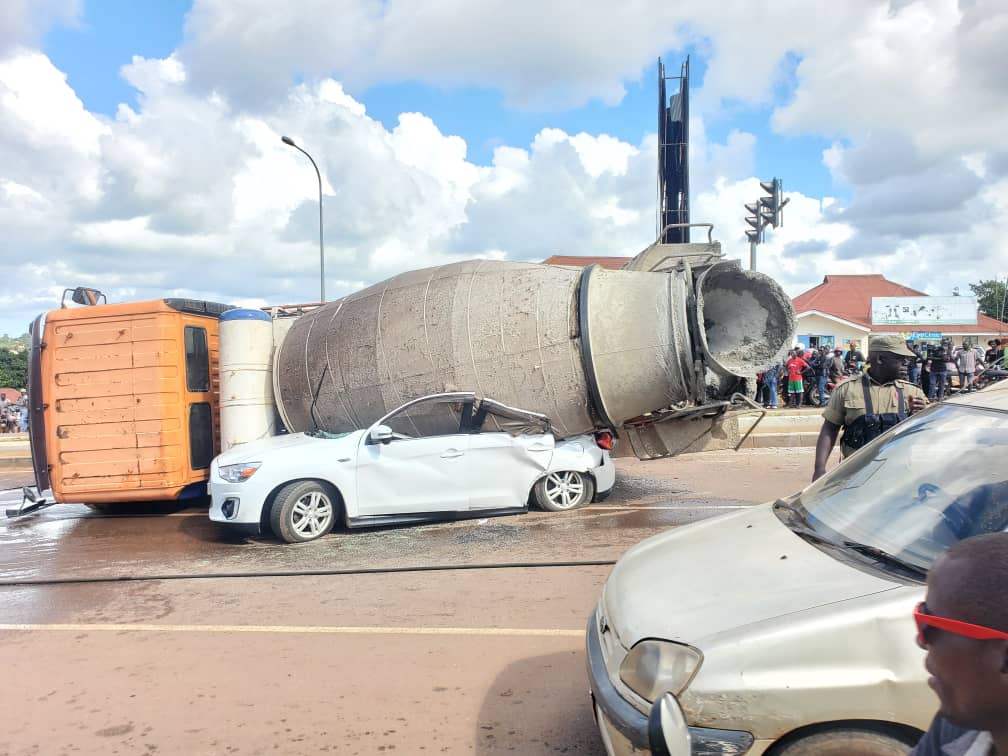Masaka Road has no narrow bends but scores of incompetent drivers
What you need to know:
- Blaming road design and surface for the horrendous and fatal accidents we have seen on Masaka Road recently is another instance of blaming something or someone else for one’s own shortcomings
Traffic is a public health problem in Uganda. According to Uganda Bureau of Statistics (UBOS) who base their figures on police reports, 2,734 persons were killed in traffic accidents in 2009, the number peaked in 2011 when 3,343 perished, the last available figure shows 2,845 fatalities in 2014. Whether the decrease between 2011 and 2014 represents a lasting trend, the 2015 figures may indicate when the Statistical Abstract 2016 is released in October. A larger strain on the health services than the fatalities, however, is the big number of serious injuries; they amounted to 13,516 in 2014. So traffic causes 3,000 deaths and more than 13,500 hospitalisations per year in Uganda.
Hospital-based mortality in the population (five years of age and older) for three of the most dreaded illnesses were in 2013/14: tuberculosis - 3,422; malaria - 2,036; pneumonia - 1,105 (UBOS Statistical Abstract 2015). As a health problem, traffic ranks between tuberculosis and malaria; it should, therefore, be taken seriously.
The number of cars on Ugandan roads and streets has increased tremendously over the 21 years since I first drove on them; so has the number of incompetent drivers. I tend to believe it when I hear stories about people being asked when they come to the driving school whether they want the driving permit instantly or after they have finished the course. I positively know that one recognised driving school told a candidate that you are now capable of passing the test, driving you will learn from practice.
This irresponsible attitude shows in the way people behave in traffic, going on wrong sides of islands separating traffic in opposite directions, using indicators for all sorts of funny signalling except when they change track, disregarding traffic signs, especially those painted on the road surface, they are apparently perceived as merely a kind of decoration, speeding, overtaking in dangerous situations often by driving on road shoulders; it is really a litany, I could go on and on.
Masaka Road has some sections marked with a round white traffic sign, red edged and with the number 50 written on it. This sign prohibits a higher speed than 50 km/h, very few seem to know that and reduce their speed until they pass another round sign without the red edge but with a crossed-over 50, indicating that the general speed limits of 80 and 100 km/h again apply. There are climbing lanes on Masaka Road now, only that a number of slow-moving vehicle drivers refuse to use them and downhill drivers perceive the middle lane as an overtaking facility. They seem not to know that yellow lines separate traffic in opposite directions and it is not advisable to cross an unbroken one.
Traffic offences are often superficially referred to as “traffic sins”. In Uganda where 96 per cent of the population thinks religion is important, that superficiality should be abandoned. We are talking about real sins, disregarding traffic rules for whatever reason, be it ignorance or recklessness, is as sinful as anything else in the catalogue chapter 13 in Paul’s letter to the Romans and chapter 3 in his letter to Titus refer.
Mr Lund is a visiting senior lecturer, Department of Architecture and Physical Planning- Makerere University. [email protected]




